Mazda has confirmed plans to put its striking Iconic SP rotary-powered sports car concept into production in the near future.
Revealed at last year’s Tokyo motor show, the Iconic SP is a tightly packaged, 370bhp vision of a future sports car in the vein of the MX-5, equipped with an innovative hybrid powertrain that uses a rotary engine to generate power for the EV motors that drive the wheels.
At the car’s unveiling, bosses were tight-lipped on whether the concept would evolve directly into a production car, but now the firm’s design boss Masahi Nakayama has confirmed that the firm’s intention is to put the Iconic SP on the road.
“This concept is not just one of those empty show cars. It’s been designed with real intent to turn it into a production model in the not-so-distant future,” he said, stopping short of giving a projected timeframe.
Naohito Saga from Mazda’s planning division added that the concept was designed with a keen eye on eventual homologation: ““In the development process, everything from position of the doors and tyres, to the length of the vehicle, the seating position of the occupants and visibility was meticulously researched before reaching the final specifications.
“It really shows how much we wanted to make it a car that manifests Mazda’s commitment for the future, especially in terms of sustainability and the future role of our rotary engine technology.”
There is a strong indication, too, that the production version will use the same hybrid powertrain, with the firm hailing the scalability, compact size and synthetic fuel compatibility of its new rotary petrol engine.
Notably, the firm does already sell a rotary-electric car in the form of the MX-30 R-EV, which similarly drives on EV power but uses a petrol motor to charge its traction battery and extend range.
Mazda has long touted the potential benefits of synthetic fuels as a means of decarbonising combustion cars, holding back on transitioning its product line-up to pure-electric power.
Saga said the ability to run the Iconic SP on sustainable fuels, including hydrogen, “could give us an edge in the race to find a feasible solution for the future of mobility”, with Mazda estimating that the concept’s powertrain has the potential to cut emissions by 90% compared to current petrol equivalents.
The firm is also working on a system for capturing CO2 from exhaust emissions, which it says could “take Mazda one step further and see it evolve into a carbon-negative manufacturer”.

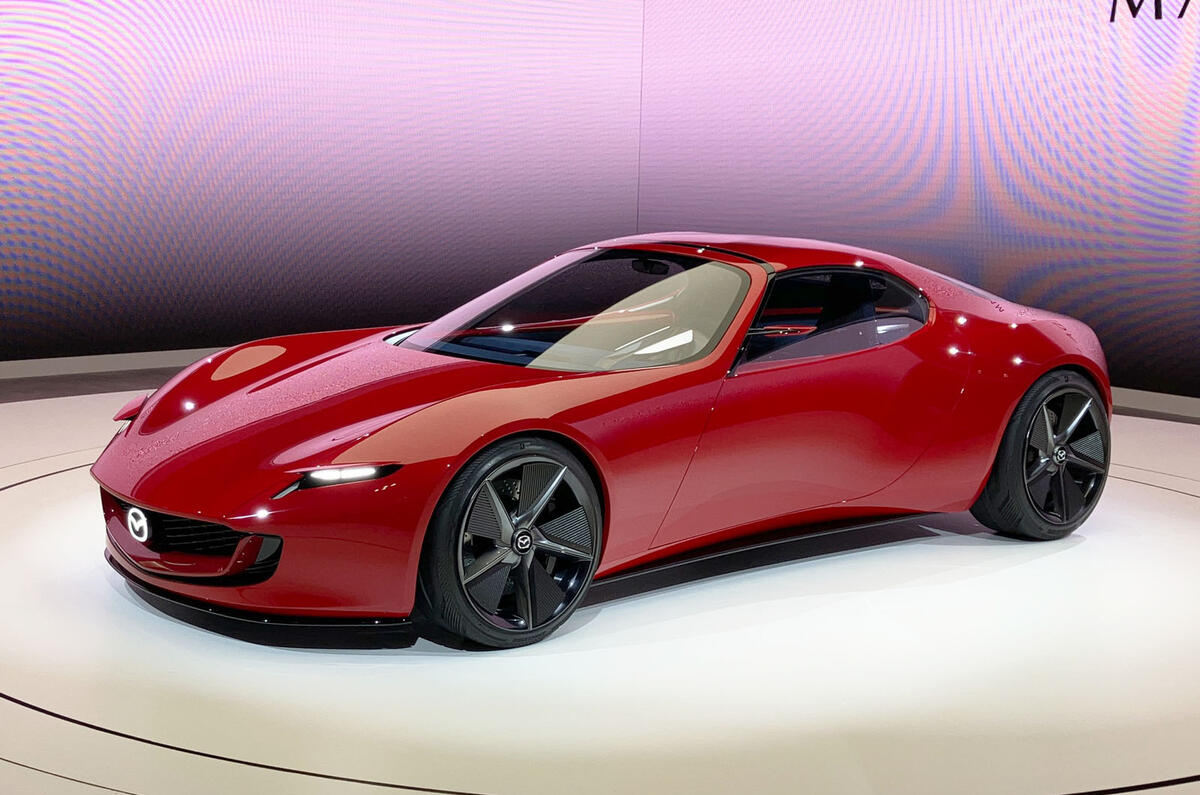
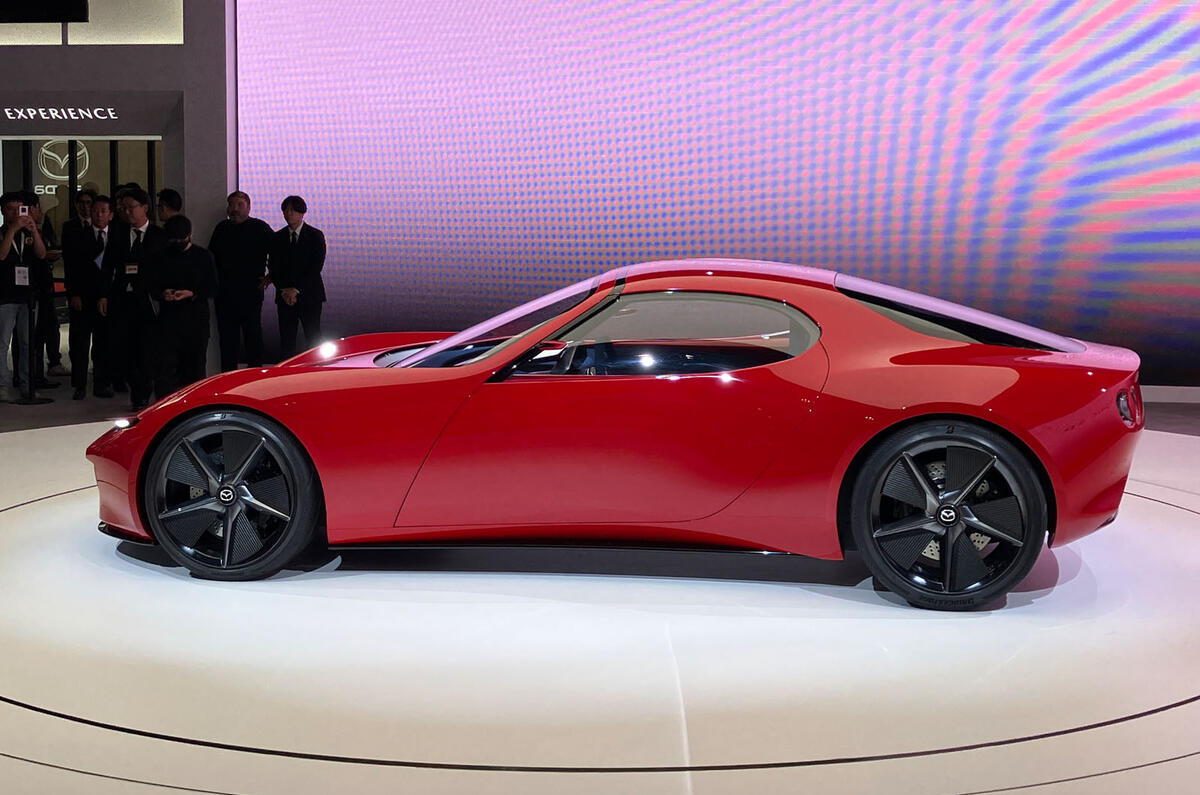
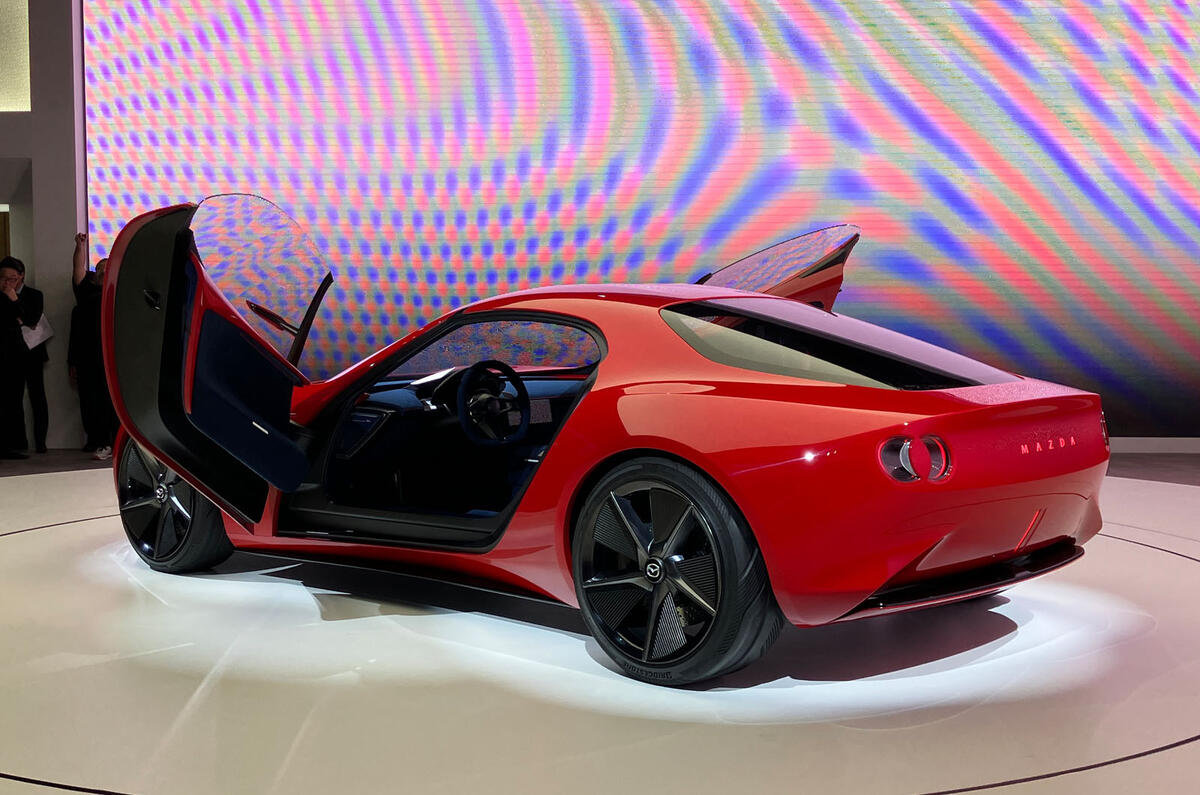
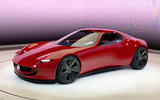
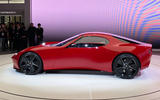
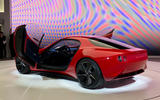


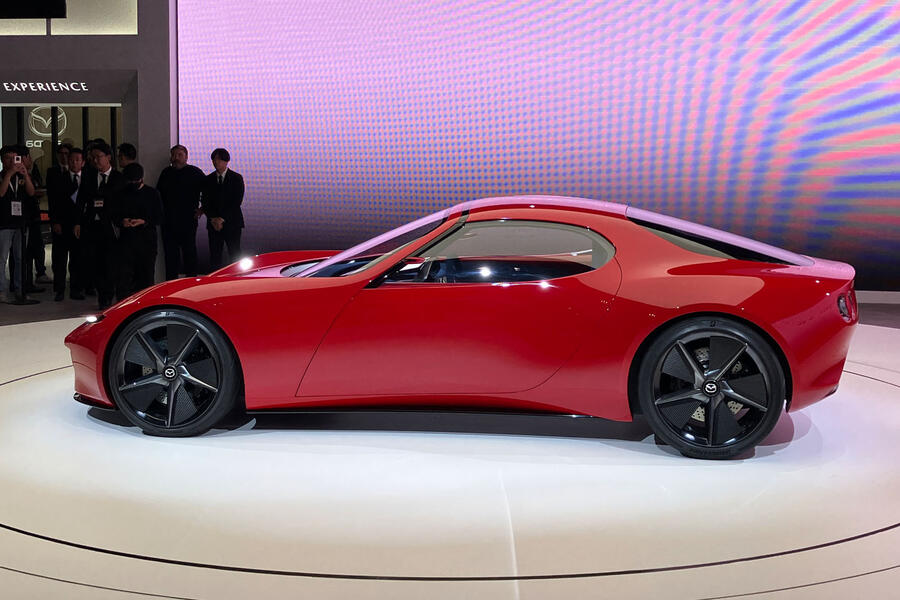
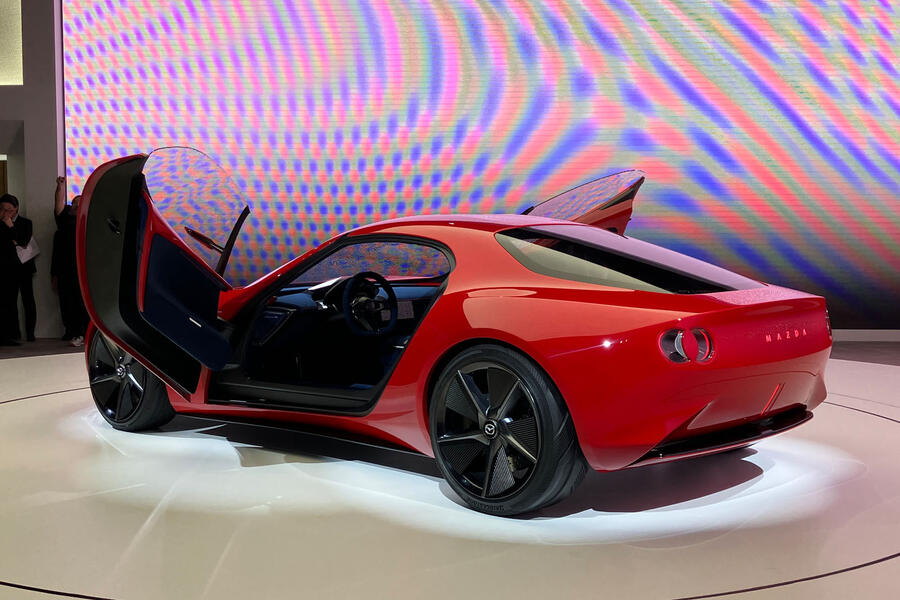







Join the debate
Add your comment
The most beautiful new car design there has been for many years.
A rotary combustion engine in 2024? They may as well put a steam engine in it. When are Japanese brands going to join the 21st Century?
Hehehehe not sure if trolling or...
Typical for Mazda: Excellent engineering and restrained but beautiful design. If the rotary engine will be economical and reliable, much more than past rotaries, it will be perfect.
Unfortunately your comment seems at odds with What Car magazine's recently published reliability survey where the Mazda CX-60 was found to be the 4th most unreliable car on sale (look on the What Car YouTube channel for the details).
That concurs with my own experience of Mazda car ownership. Never again.
Yep, brilliantly engineered and stylish mainstream cars. We had a 2 and a 3 SP25 for several years. Both bought second hand, both faultless (except for glitchy iDrive controller in the SP25). Fantastic cars, will probably own more.